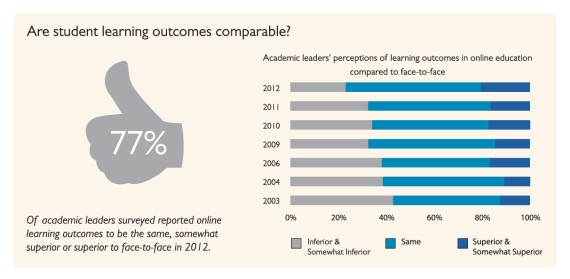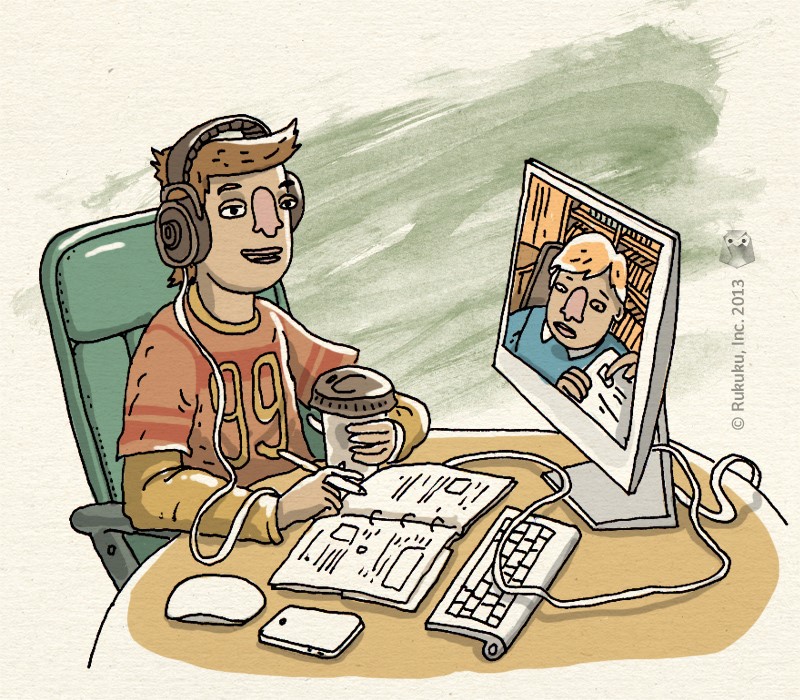A big step in structuring online classes relates to the duration of the lectures and the discussion classes. For both, the type of material and sophistication of the students influences that length significantly. A graduate student will likely be able to follow a longer lecture than a fifth grader, for example.

Teachers can break up lectures into 15-20 minute chunks to increase convenience and keep students’ attention.
One of the most important distinctions to make, when putting together an online class, is between lecture time and class discussion time. A big advantage of online classes is that lecture time can be recorded in advance and included for students to watch at their convenience. In fact, teachers can even utilize lectures from other sources, if they feel the lectures adequately cover the topics.
Even given this flexibility, it can be challenging to determine the proper length of time for a lecture. Traditionally, lectures last about hour, at least in most high schools and universities. Some evidence suggests, however, that lectures broken up into chunks of about 15 – 20 minutes are easier for students to process.
Again, online education has a big advantage here. Teachers can break up their lectures into smaller chunks of time more easily than teachers in traditional lecture halls and classrooms. Students can watch the lectures at their own pace, taking as much time as they would like between portions of the lecture.
As for the discussion portion of the class, this can vary widely, depending on the topic material and personal preferences of the teachers and students. Generally, it is good to plan for 50 minutes to an hour, even if the official time for the class is shorter.This will give you more time to let the discussion grow organically.
The most important thing to remember in this process is to keep the focus on the students, creating as many opportunities as possible for the students to talk or otherwise be actively involved in the class.




